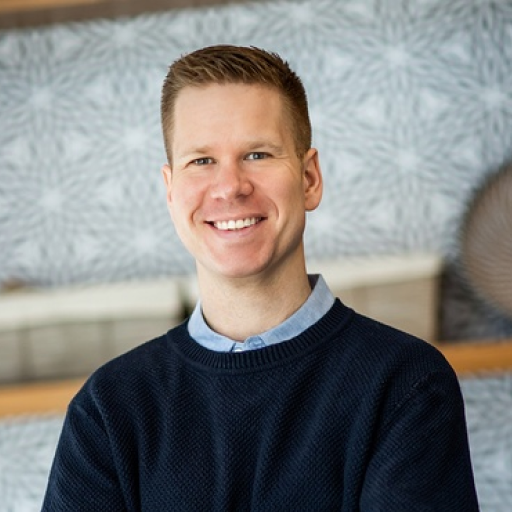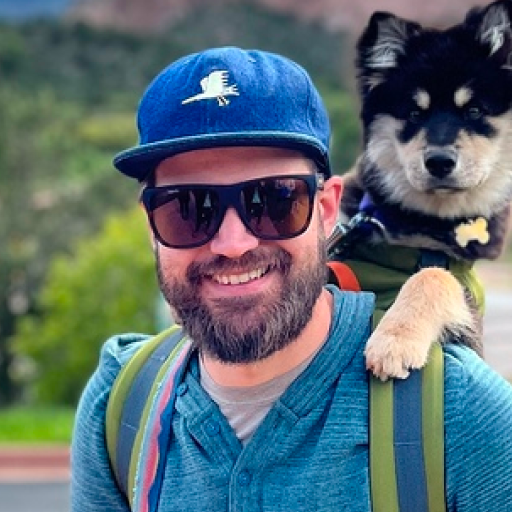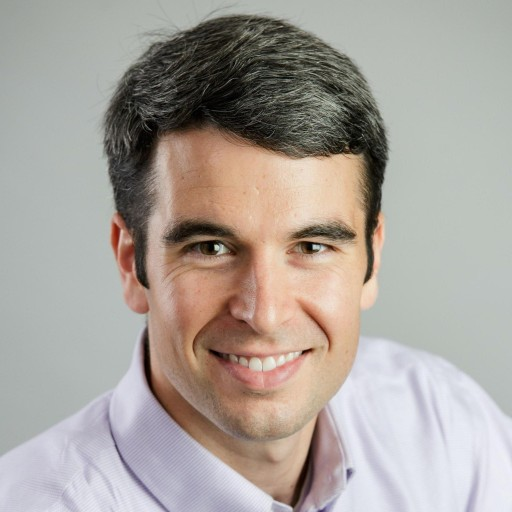Background
Go Between is a fully remote company with roots in Chicago, where we first started working together. You can read more about our origin story here, but eventually, life led us to branch out. Harrison moved to the sunny coastline of California, while Truman relocated closer to family in Michigan. I stayed in Chicago for the freezing winters and amazing restaurants. I’ll let our readers decide who has their priorities straight.
Remote work is a great arrangement for us. We love the freedom and flexibility it provides, and most of what we do on a day-to-day basis is well suited to the remote lifestyle. Client work is done from the comfort of our home offices. We meet virtually multiple times a week to discuss both personal and professional topics. Every quarter, we meet to review our high-level goals and strategic objectives. We learn together. We listen to music together. We share pictures of our lives in Slack, just like any other company. These activities help keep us on the same page and ensure our relationship as a team remains strong. Also, it doesn’t hurt that we started Go Between after working together for many years.
There are certain aspects of collaboration and relationship-building that can't be replicated remotely. Whether you're brainstorming new product ideas or sharing something hilarious your kid said, there's a different energy and excitement when you're in the same room.
However, there are certain aspects of collaboration and relationship-building that can’t be replicated remotely. Whether you’re brainstorming new product ideas or sharing something hilarious your kid said, there’s a different energy and excitement when you’re in the same room. Plus, you can only sit through so many video meetings before you start to lose your mind. At some point, there’s undeniable value in getting together in person. Thankfully, we understood this from the start, which is why we made it a priority to meet in person at least once a year. We call each annual gathering a Summit.
Planning a Summit
Our first couple of summits took place in Chicago. It’s easy to get to, offers plenty of activities, and, perhaps most importantly, summer in Chicago is awesome. Plus, Harrison and Truman love coming back to enjoy all the great food the city has to offer. But this year, we decided to switch things up and chose the quiet, nature-filled beaches of Saugatuck, MI.
When planning a summit, the first thing we do is choose a date and location so we can secure transportation, lodging, and any activities that require reservations. Typically, this all comes together asynchronously over a few Slack calls, but for larger teams, this process might be a bit more involved. Once the logistics are set, we shift our focus to building out the summit agenda.
Like most things we do, this process is simple and lightweight. We create a Slack Canvas and begin adding discussion topics, ranging from general business updates and consulting services to new product ideas and website improvements. We also include any activities, restaurants, or coffee shops we want to check out while we’re together. Most of this planning happens asynchronously in the weeks leading up to the summit. This works well for us, but we’re a small team, so take it with a grain of salt. If you’re considering a summit, do what works best for your team and try not to put too much pressure on yourself. Keep the agenda flexible and ensure there’s a healthy balance of both work and play. Summits don’t need to be extravagant getaways, nor do they need to be planned down to the hour. The real value of a summit comes from being together.
Keep the agenda flexible and ensure there's a healthy balance of both work and play. Summits don't need to be extravagant getaways, nor do they need to be planned down to the hour. The real value of a summit comes from being together.
The Go Between Summit
We enter each summit with a list of discussion topics and high-level objectives, but beyond that, the goal is simple: have fun, eat well, and walk often. With that in mind, here’s a recap of our weekend together!
Day 1
We all arrived in Saugatuck around 4:30 p.m. ET. I picked up Harrison from the airport in Chicago, while Truman stocked our Airbnb with food and drinks for the weekend. Once we settled in at our cozy cabin, we headed downtown to explore. Truman, having visited Saugatuck before, knew the area well. We had dinner at a waterfront restaurant called “The Southerner” (definitely try the fried chicken!). Afterward, we strolled around town before heading back for a nightcap of board games*.
*Truman has a fun tradition of bringing a new board game to each summit for us to play in the evenings. This year, he chose Thunder Road, which was a great way to end each night.
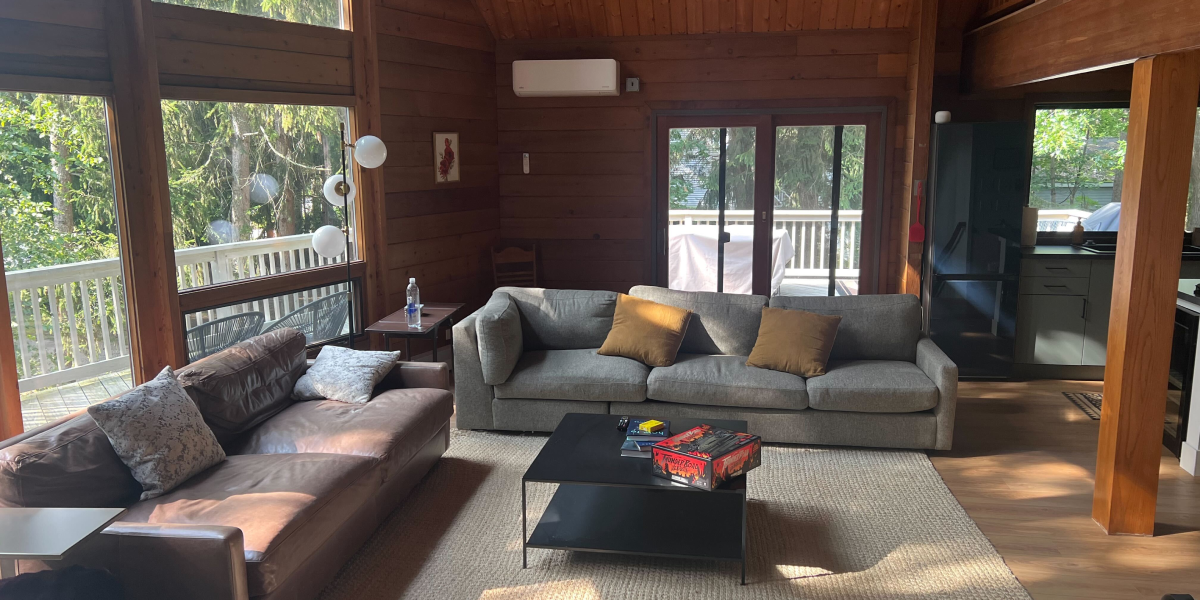
Day 2
Our first full day started slow, which was perfect for me as a father of three—I’ll take all the sleep I can get! After everyone enjoyed Do-Rite donuts and coffee, we dove into our first block of meetings. The morning focused on our consulting business, where we reviewed current engagements and discussed adding new services, like fractional product and engineering leadership. We took a break afterward to visit the farmers market and pick up supplies for taco night. As our caffeine started to wear off, we stopped by Outside Coffee, one of Truman’s favorites—and for good reason. Afterward, we returned home, had a big lunch, and decided it was time to get active.
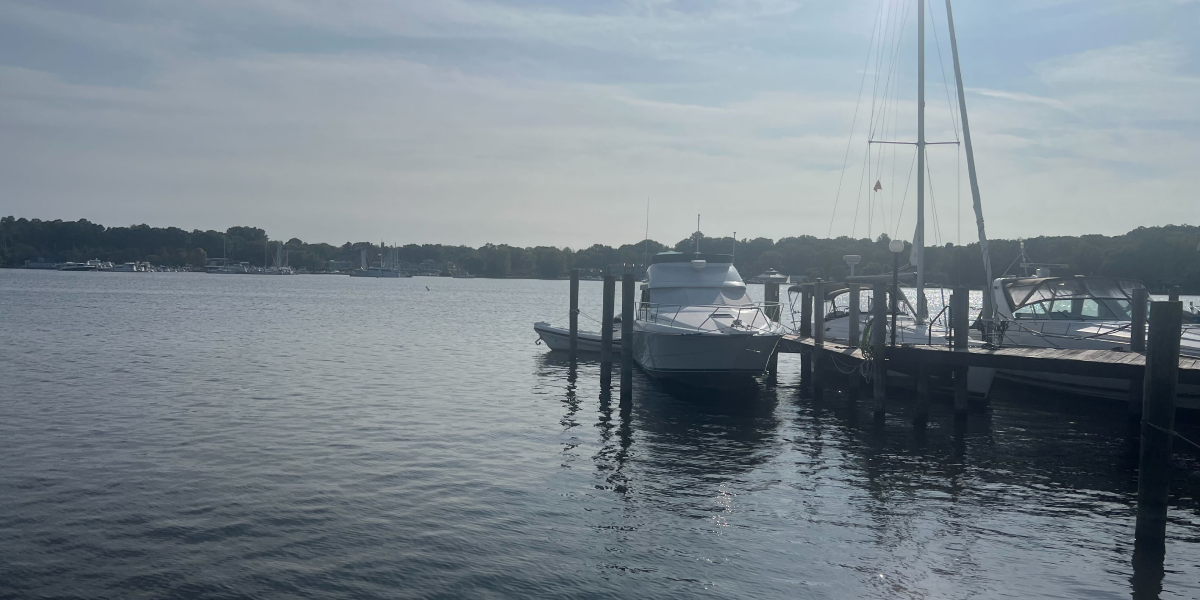
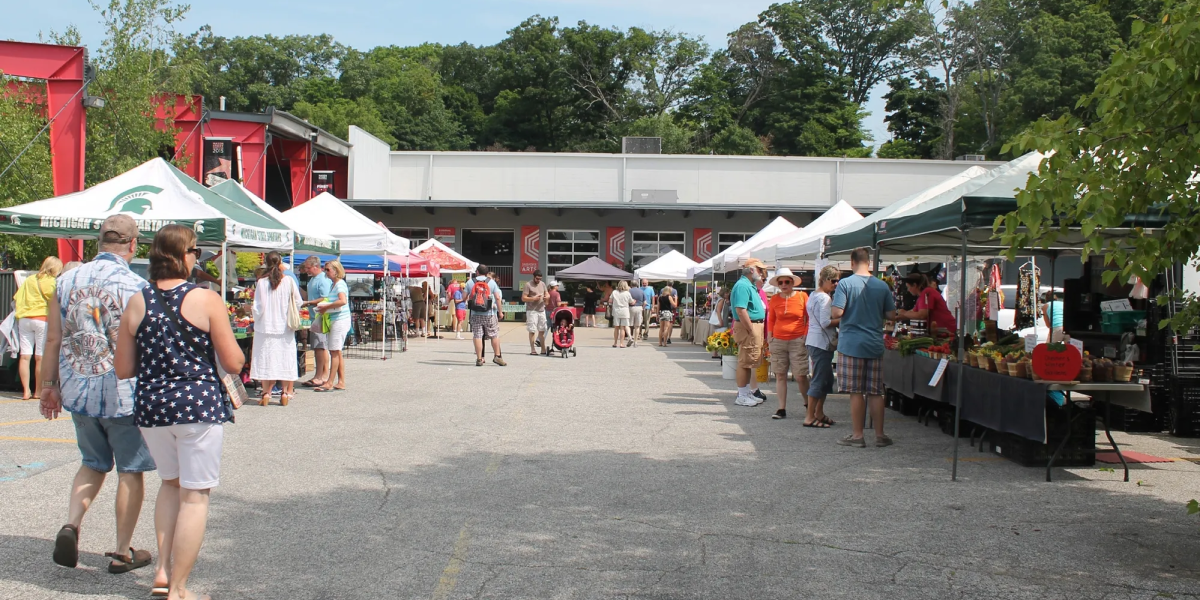
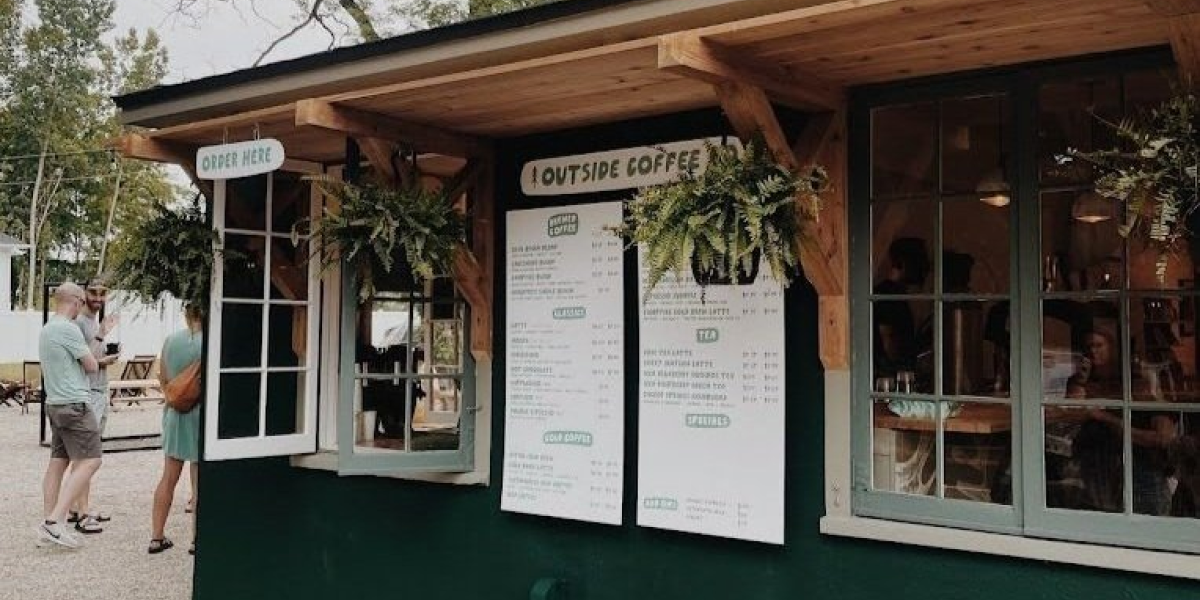
Before the summit, we decided to have an in-person Marginal session, so we all read Slow Productivity and came prepared to discuss it over the weekend. Harrison suggested reviewing the book while hiking, and it turned out to be a great idea—something about being in nature sparks creativity. The book was good, but the biggest takeaway was realizing we were trying to do too much. We need to focus on one thing for longer periods. With that, the idea of working in more focused cycles began to take shape. Afterward, we headed back to the house to relax before making dinner.
Something about being in nature sparks creativity. The book was good, but the biggest takeaway was realizing we were trying to do too much. We need to focus on one thing for longer periods.
Taco night was a great success, but once again, we felt the need to walk off our food-induced guilt. We went downtown for a stroll and stopped at Mitten Brewing Co.. for a flight of local beers before returning for round two of Thunder Road.
Day 3
Our last full day began with coffee and some slightly stale donuts. Truman found a nice long hike for us, and since the weather was warm, we decided to head out first thing in the morning. The conditions were perfect, and the scenery was beautiful. During the hike, we spent most of the time talking about working in cycles and how that fits into our current consulting workload. We explored potential areas of focus for each cycle, like growing our audience and building new products. The conversation was excellent.
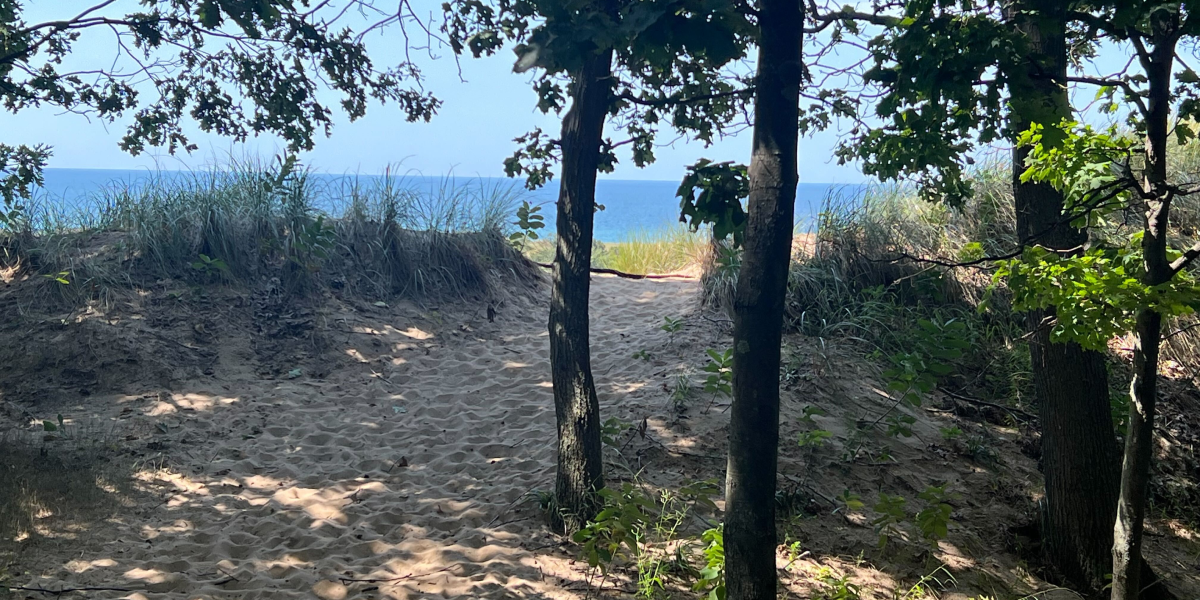
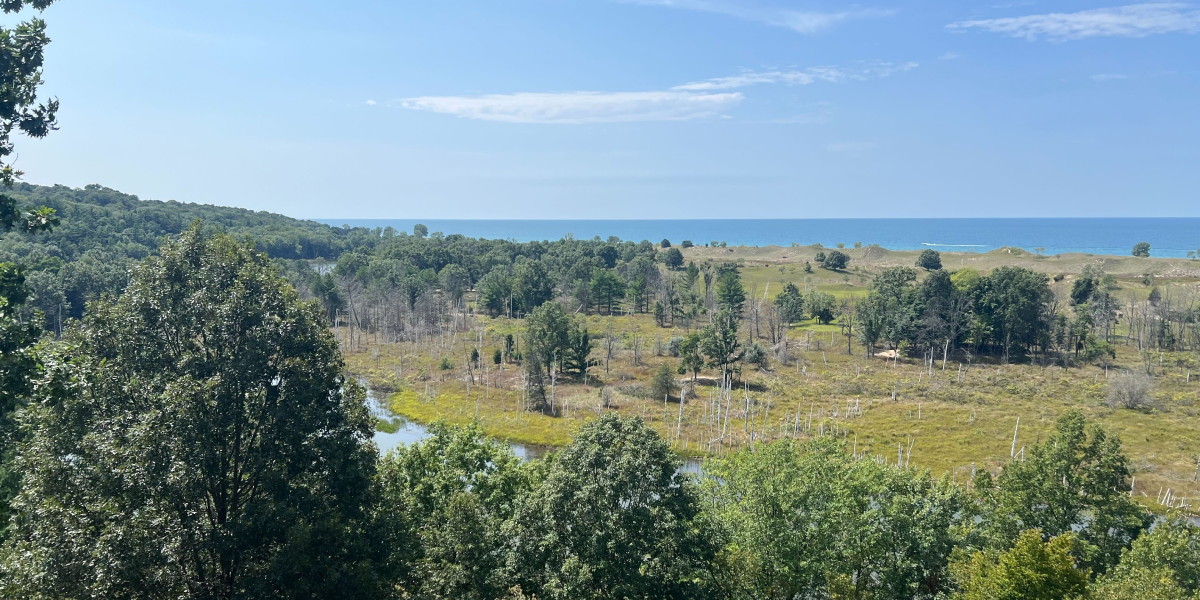
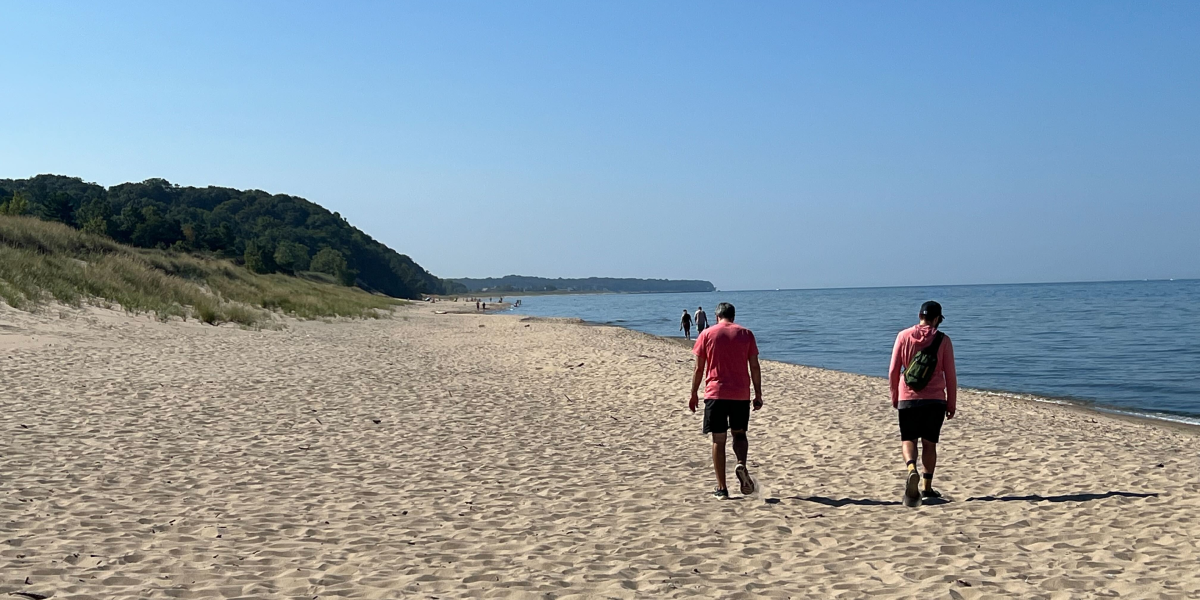
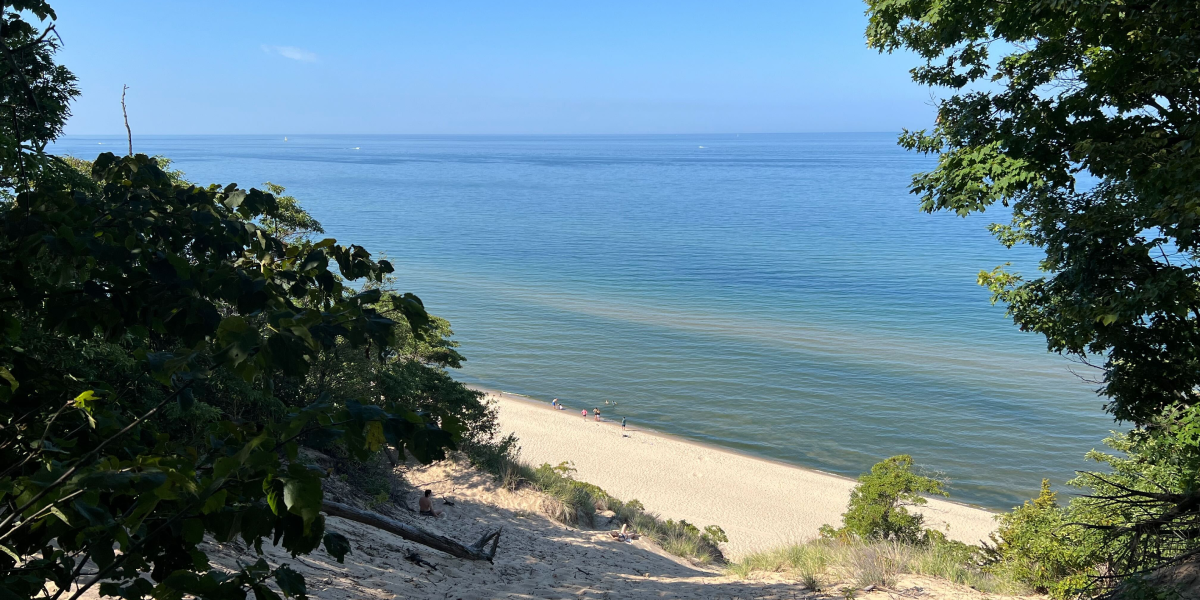
After the hike, we were hungry and didn’t feel like cooking, so we grabbed lunch at The Butler. The food was good, but the view of the water was even better. We did some more walking, then stopped by a local toy store so Harrison and I could pick up some souvenirs for our kids before heading back to freshen up.
Our morning activities left us pretty tired, so we spent the next couple of hours brainstorming new product ideas on the couch. Harrison found a fancy restaurant called Coast236, so that became our plan for dinner. Before heading out, we decided to start documenting these summits and took a company photo on the deck. Dinner was fantastic. Naturally, we went for a final stroll along the water, then stopped at Charlie’s for ice cream before heading back for one last night of Thunder Road!
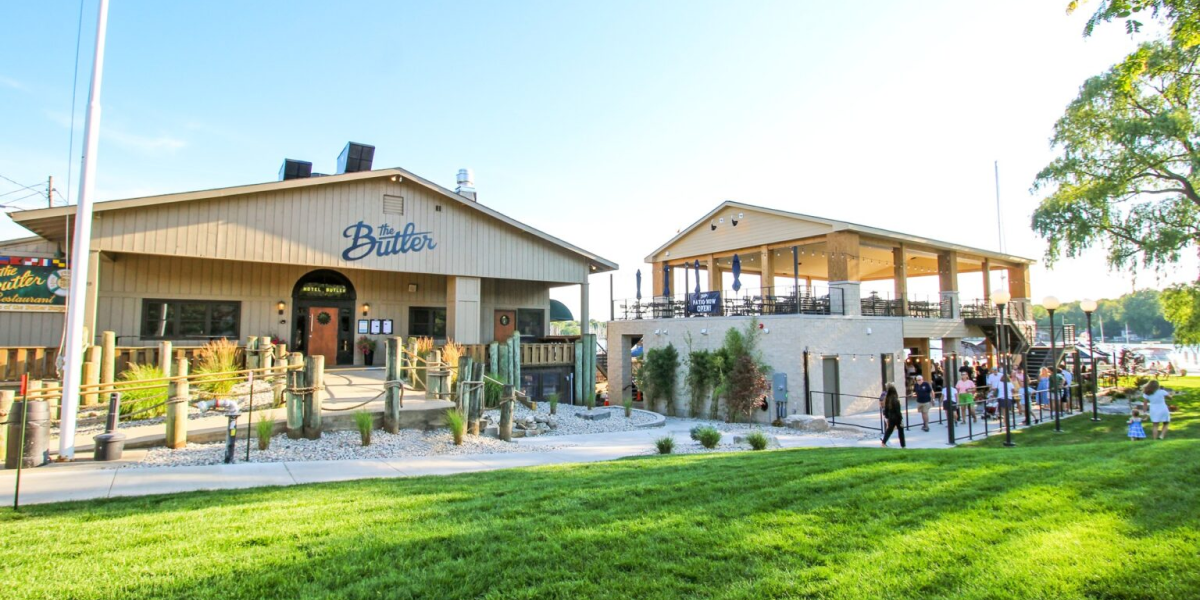
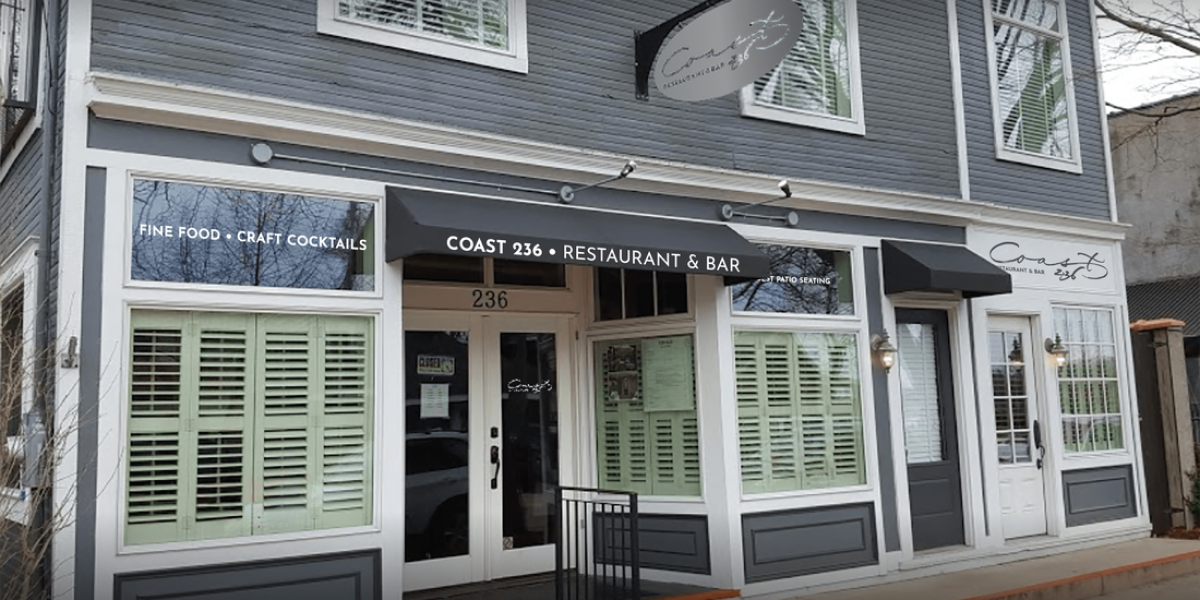
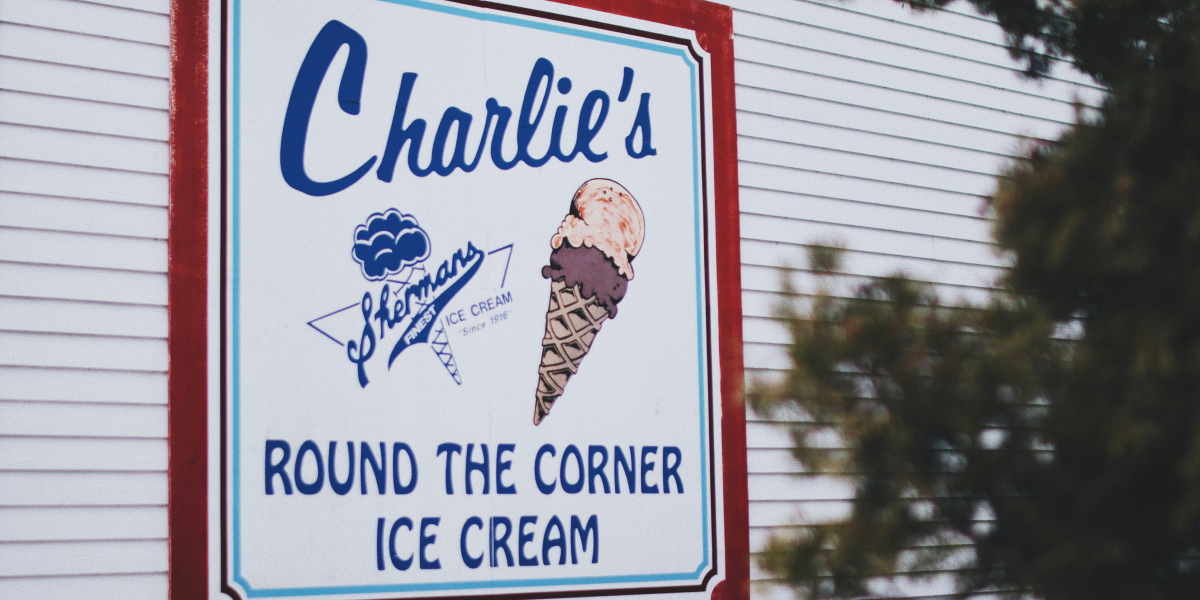
Day 4
Harrison had a flight out of Chicago around noon, so we woke up early and grabbed one last coffee at Uncommon Coffee before hitting the road. We used the time to review the outcomes of the weekend and make sure we were aligned on our next steps.

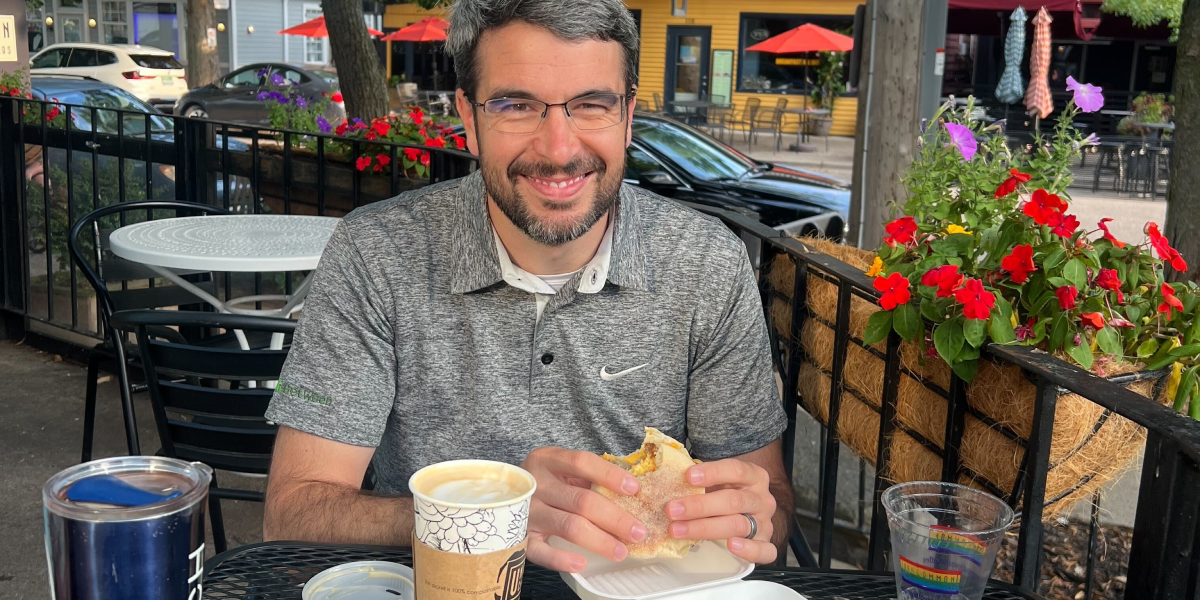
Next Steps
Each summit is a little different, but one constant is that we always leave with key insights and new priorities. These might include a new product idea to develop, updates to the website, or a shift in our consulting strategy. This year, we left Saugatuck with a plan to reintroduce the concept of working in cycles. You’ll hear more about cycles in a later post, but for now, this essentially means spending our non-billable hours intensely focused on one thing for 6 weeks at a time. To start, this “one thing” will be audience development, since we believe it adds value to both our business and future product initiatives. Our high-level goal for the next 6 weeks is to produce enough content to maintain our weekly LinkedIn posting schedule through the end of the year. After that, we’ll shift our focus to product development for 6 weeks. We plan to continue this cycle, alternating between audience development and product building, until our next summit.
Wrapping up
Summits offer a refreshing break from our daily routines and remind us of the value of good old fashioned human connection. Consider this your sign from the universe to step out of the office and spend some time with your coworkers. I promise that you and your team will return with stronger relationships and a renewed sense of focus and direction.
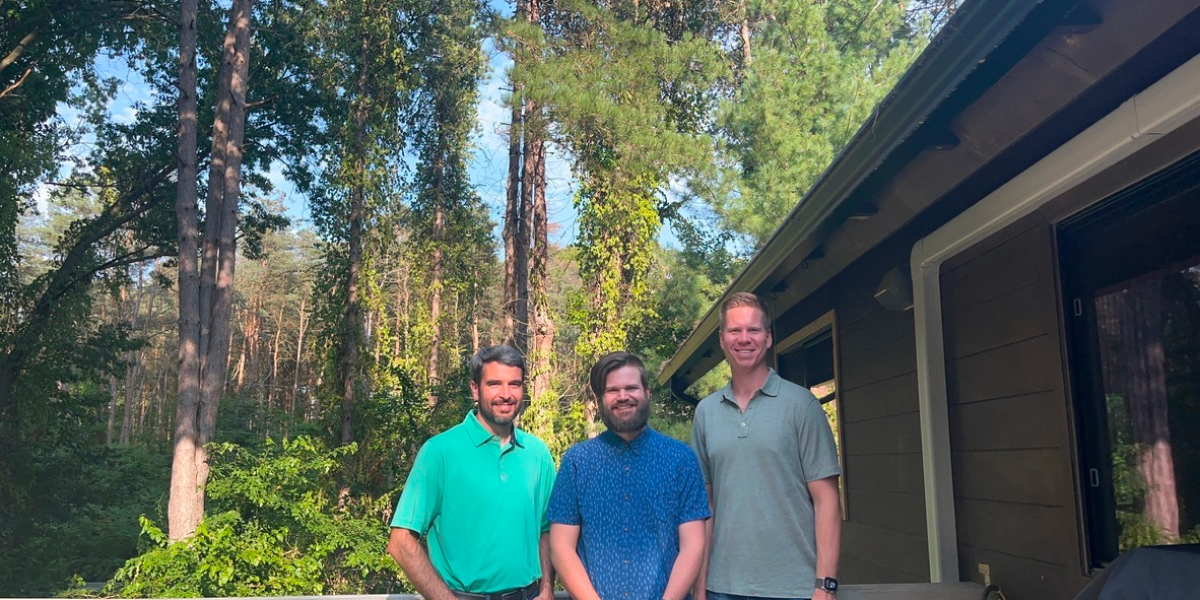
If you’ve done something like this before, we’d love to hear about your experience. And if you’re thinking about planning your first summit but don’t know where to start, feel free to reach out. We’d love to hear from you!
